Cat ears are more than just adorable features that contribute to a cat’s expressive facial characteristics. These fascinating appendages are powerful tools that help felines navigate and interpret their environment. Possessing a unique structure and range of motion, cat ears serve as sophisticated sensory organ systems that are vital for survival and communication.
The Structure of a Cat’s Ear
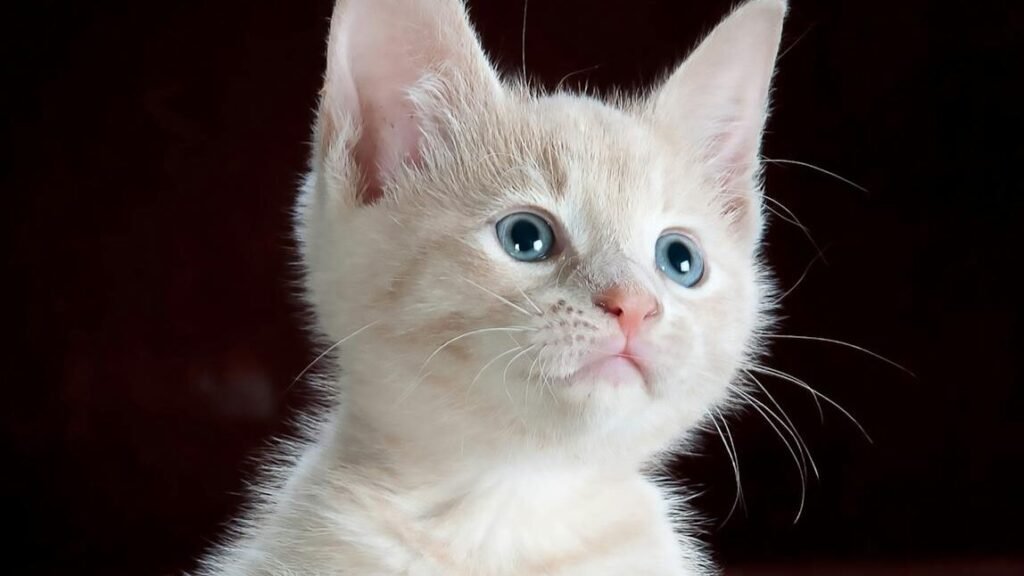
Before delving into the ways cats use their ears, it’s essential to understand the structure of a cat’s ear. Comprising the outer, middle, and inner ear, each section plays a pivotal role in hearing and balance. The outer ear includes the pinna, which is the visible part that captures sound waves. The middle ear contains the ossicles and tympanic membrane, while the inner ear is home to the cochlea and vestibular system.
Acute Hearing Abilities
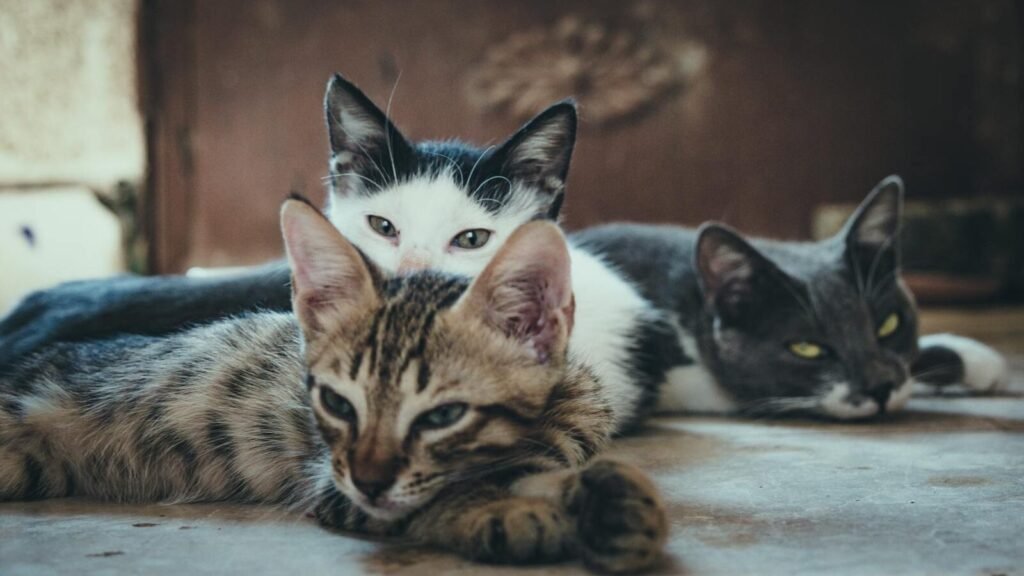
Cats are endowed with exceptional hearing abilities that allow them to detect sounds beyond human ear capabilities. They can hear a frequency range of about 48 Hz to 85 kHz, which enables them to pick up on high-pitched sounds that elude human perception. This acute sense of hearing assists them in identifying prey as well as sensing potential threats in their environment.
The Role of the Pinna
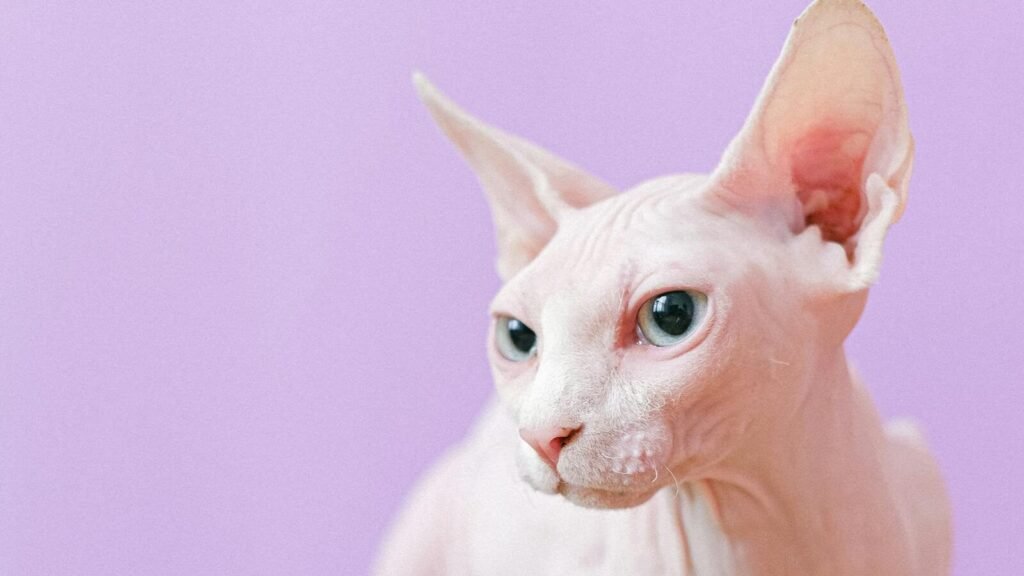
The pinna, or ear flap, is not just a static feature on a cat’s head. This flexible structure can swivel independently, allowing cats to pinpoint sound sources with remarkable precision. Cats often rotate their pinnae toward the direction of a sound, aiding in localization and enhancing their ability to hunt or remain alert.
Environmental Scanning

Cats are naturally alert animals, constantly scanning their environment for sounds that may indicate prey, predators, or other cats. By moving their ears around like radar dishes, they can gather auditory information to build a mental map of their surroundings, enhancing their situational awareness and decision-making processes.
Communication Through Ear Position
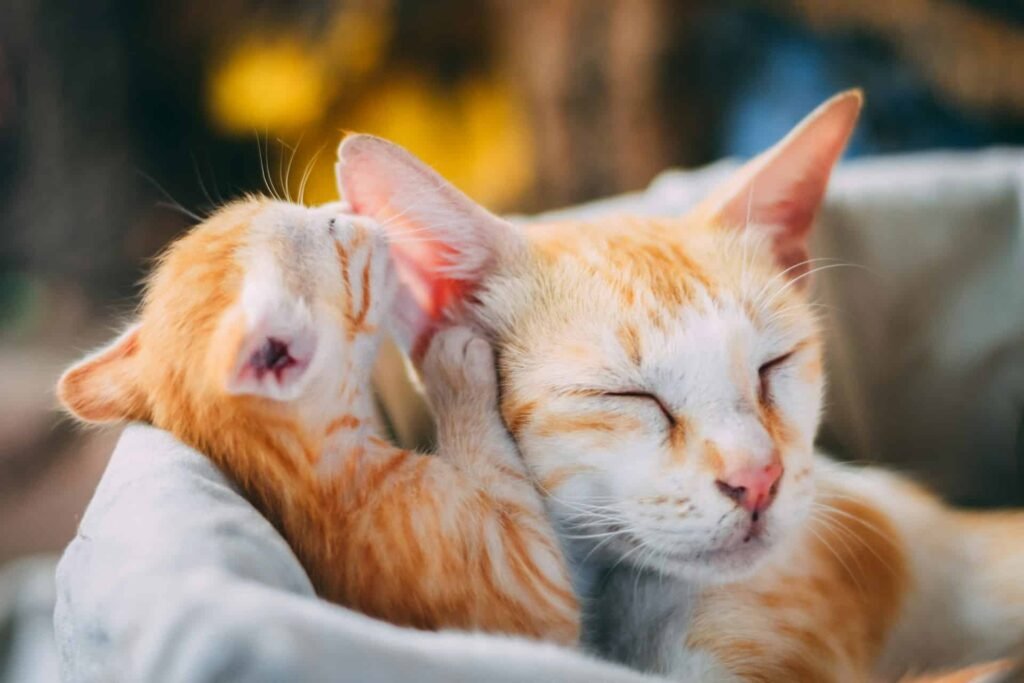
In addition to hearing, cats use their ears to communicate with other animals and humans. Ear positions can convey a range of emotions from curiosity and alertness to fear and aggression. For example, ears positioned forward typically indicate interest or happiness while flattened ears signify fear or anger.
Balance and Spatial Awareness
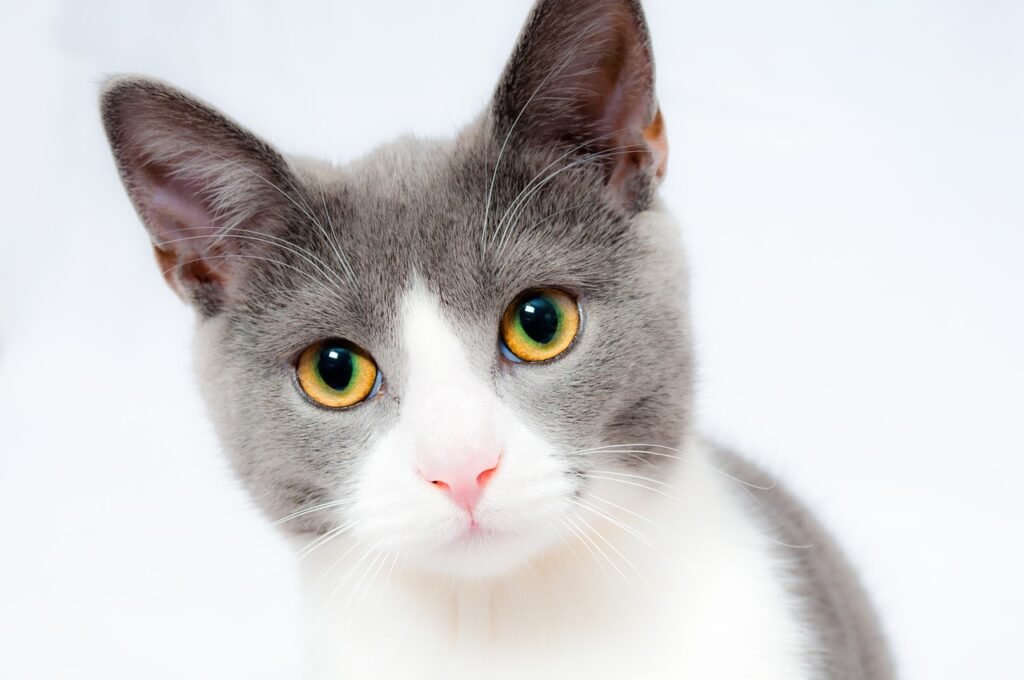
The inner ear houses the vestibular system, which plays a critical role in maintaining balance and orientation. This organ helps cats perform their agile movements and is integral when landing on their feet after a fall. It’s a part of the reason why cats are renowned for their graceful mobility and agility in various environments.
Detecting Vibrations and Infrasound
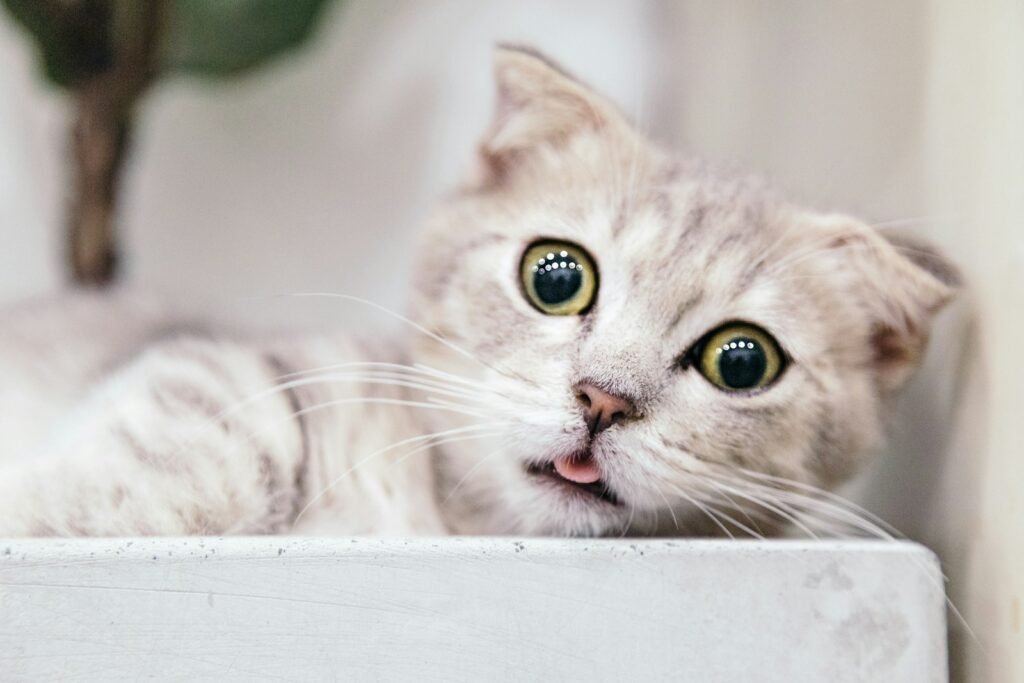
Besides audible sounds, cats can also perceive lower-frequency vibrations through their paws and whiskers, supplementing the auditory information gathered through their ears. Some theorize that cats may even detect infrasound, allowing them to sense approaching storms or earthquakes before humans notice anything amiss.
Ear Position as an Indicator of Health
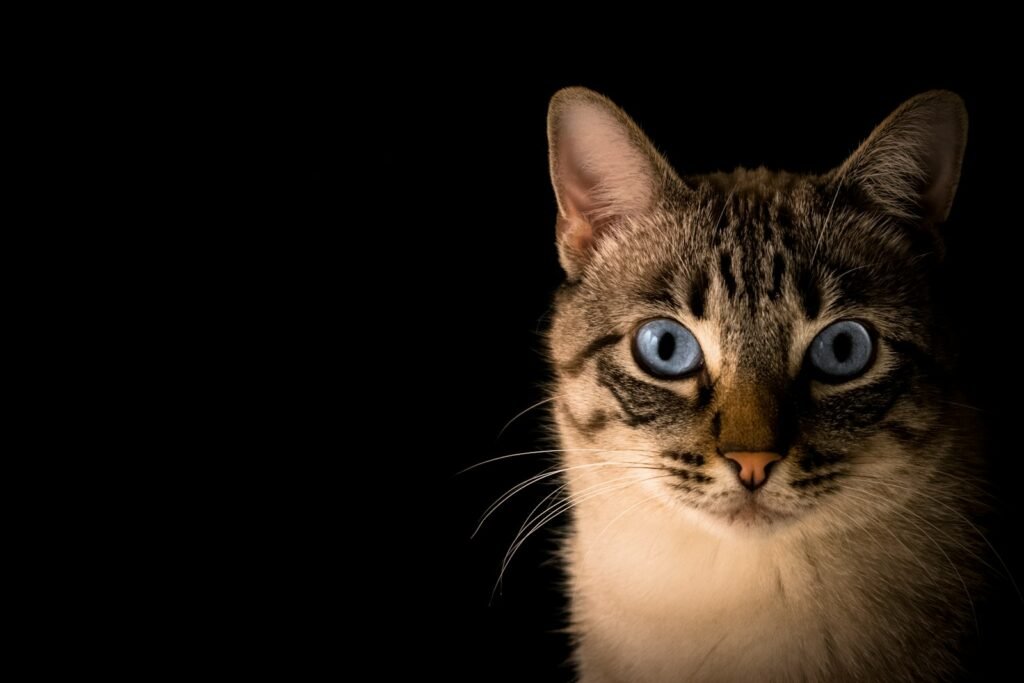
A cat’s ear health is a vital component of its overall well-being, and changes in ear behavior can signal health issues. Pet owners should be observant of any abnormalities such as excessive ear scratching, head tilting, or discharge, which may necessitate veterinary attention to prevent or address underlying problems.
The Evolutionary Advantage of Superior Ears
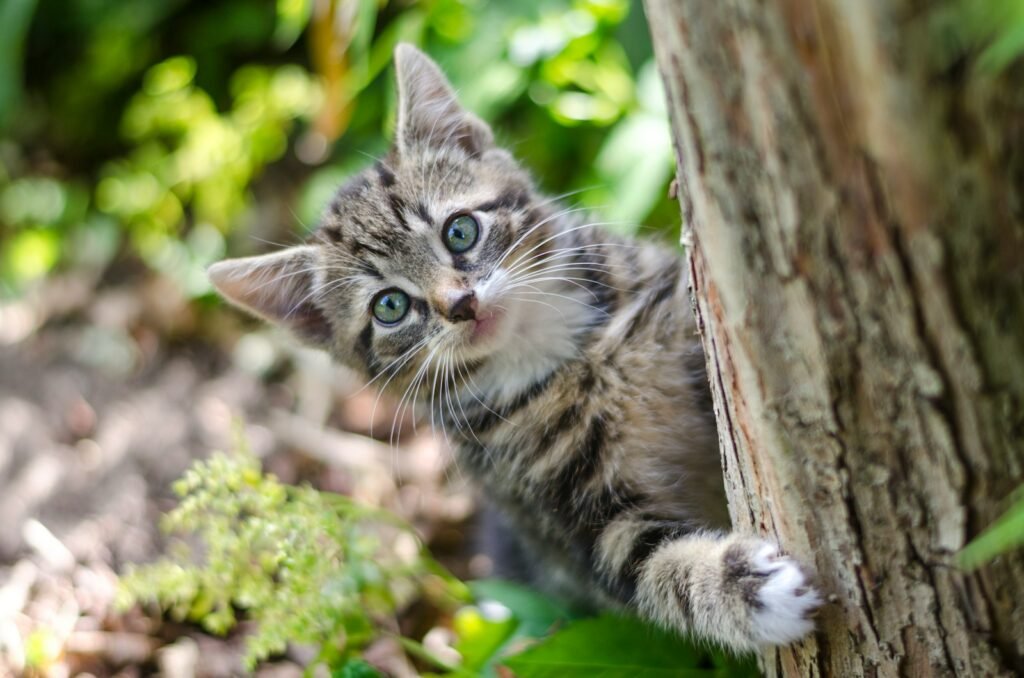
The evolutionary pathway has strongly favored cats with superior hearing capabilities, aiding in their success as predators. A keen sense of hearing allowed ancestral cats to thrive in various ecological niches by providing reliable cues essential for finding food and evading predators.
The Multifunctional Attributes of Cat Ears
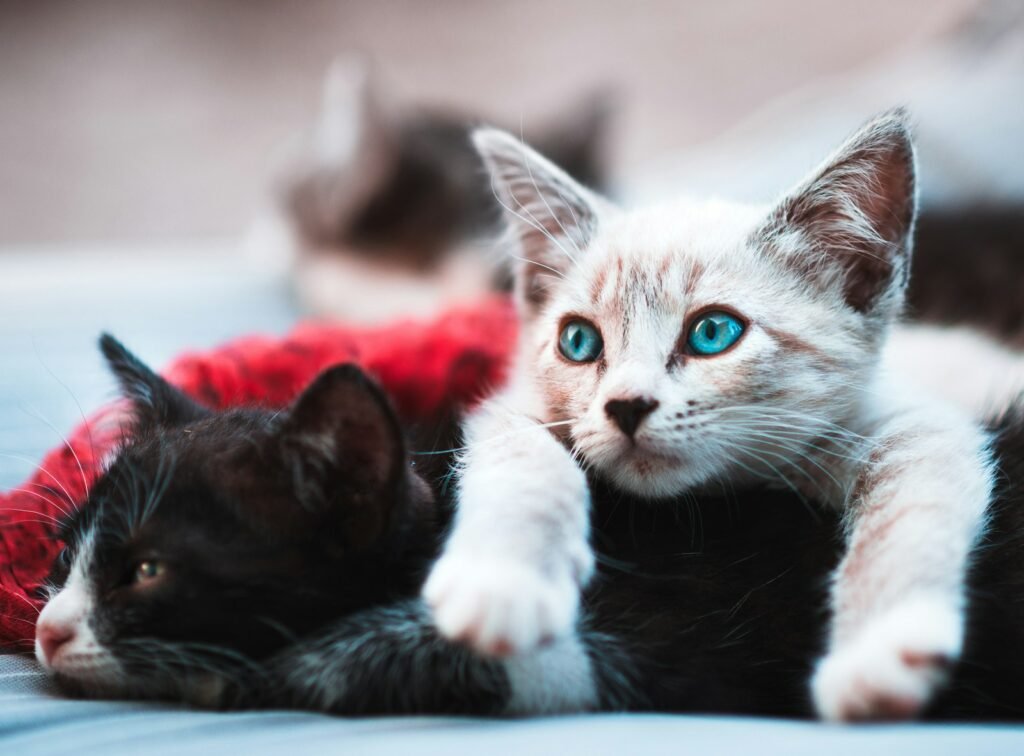
In conclusion, a cat’s ears are remarkable instruments equipped to meet the demands of their stealthy, predatorial lifestyle. From acute hearing and environmental scanning to communication and balance, these multifunctional appendages are indispensable to a cat’s ability to interpret their surroundings. Recognizing the complexity and capabilities of cat ears not only deepens the appreciation for these animals but also enhances the bond between cat and owner through better understanding and communication.

Suhail Ahmed is a passionate digital professional and nature enthusiast with over 8 years of experience in content strategy, SEO, web development, and digital operations. Alongside his freelance journey, Suhail actively contributes to nature and wildlife platforms like Feline Fam, where he channels his curiosity for the Feline into engaging, educational storytelling.
With a strong background in managing digital ecosystems — from ecommerce stores and WordPress websites to social media and automation — Suhail merges technical precision with creative insight. His content reflects a rare balance: SEO-friendly yet deeply human, data-informed yet emotionally resonant.
Driven by a love for discovery and storytelling, Suhail believes in using digital platforms to amplify causes that matter — especially those protecting Earth’s biodiversity and inspiring sustainable living. Whether he’s managing online projects or crafting wildlife content, his goal remains the same: to inform, inspire, and leave a positive digital footprint.






